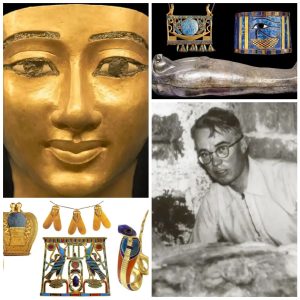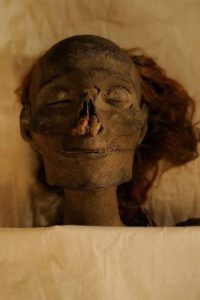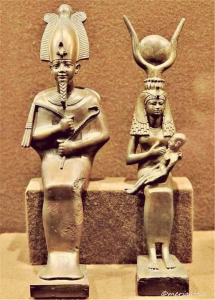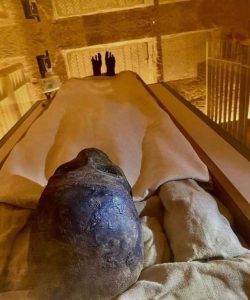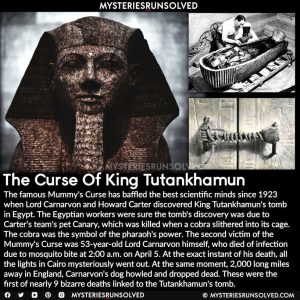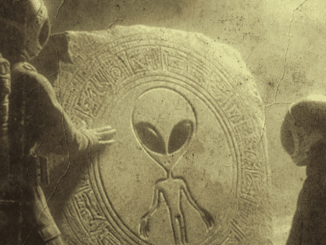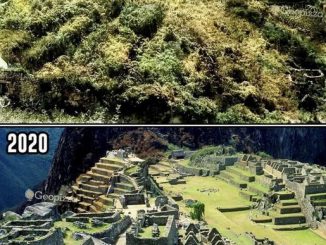Nestled along the banks of the Nile River lies the Valley of the Kings, a sacred necropolis that served as the burial ground for Egypt’s pharaohs during the New Kingdom period. This legendary site, steeped in history and myth, continues to captivate the imagination of historians, archaeologists, and travelers alike. Join us on an immersive journey as we uncover the mysteries and marvels of the Valley of the Kings, shedding light on its significance as the final resting place of Egypt’s ancient rulers.

Royal Necropolis
The Valley of the Kings, located on the west bank of the Nile near Luxor, served as the principal burial ground for pharaohs and other prominent figures of the New Kingdom era. Hidden amidst the arid cliffs and rocky terrain, this secluded valley provided a sanctuary for the deceased, safeguarding their tombs from grave robbers and desecration. The valley’s remote location and natural fortifications ensured the preservation of its precious treasures for millennia.
Tombs of the Pharaohs
Within the Valley of the Kings lie the elaborate tombs of Egypt’s pharaohs, adorned with intricate hieroglyphs, colorful murals, and precious artifacts. Each tomb was meticulously constructed to serve as a gateway to the afterlife, equipped with provisions, treasures, and ritual objects to accompany the deceased on their journey to the realm of the gods. From the opulent burial chamber of Tutankhamun to the majestic corridors of Ramses II, the tombs of the Valley of the Kings offer a glimpse into the splendor and majesty of ancient Egyptian royalty.
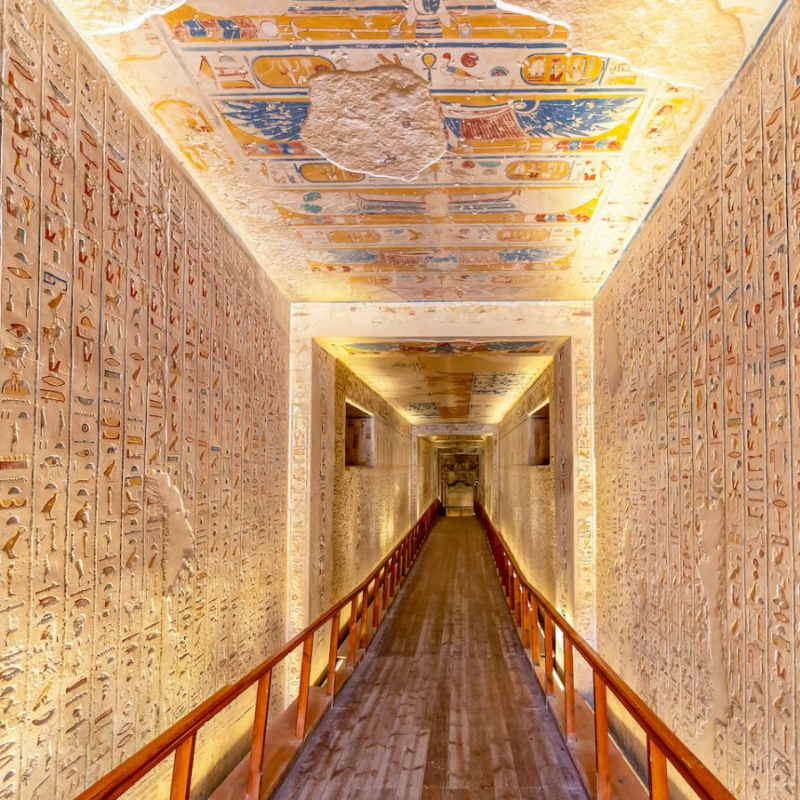
Archaeological Discoveries
Over the centuries, the Valley of the Kings has yielded a treasure trove of archaeological discoveries, shedding light on the rituals, beliefs, and daily life of ancient Egypt. Excavations have uncovered royal mummies, funerary artifacts, and inscriptions that provide invaluable insights into the religious practices and funerary customs of the New Kingdom period. From the groundbreaking discovery of the tomb of Tutankhamun by Howard Carter to ongoing excavations revealing new tombs and artifacts, the Valley of the Kings remains a focal point of archaeological research and exploration.
Cultural Heritage Site
Designated as a UNESCO World Heritage Site, the Valley of the Kings holds immense cultural and historical significance as a symbol of ancient Egyptian civilization. Its timeless allure and architectural splendor continue to attract visitors from around the world, offering a glimpse into the mysteries of the pharaohs and the enduring legacy of Egypt’s rich heritage. Through preservation efforts and educational initiatives, the valley remains a testament to the ingenuity, craftsmanship, and spiritual beliefs of ancient Egypt.
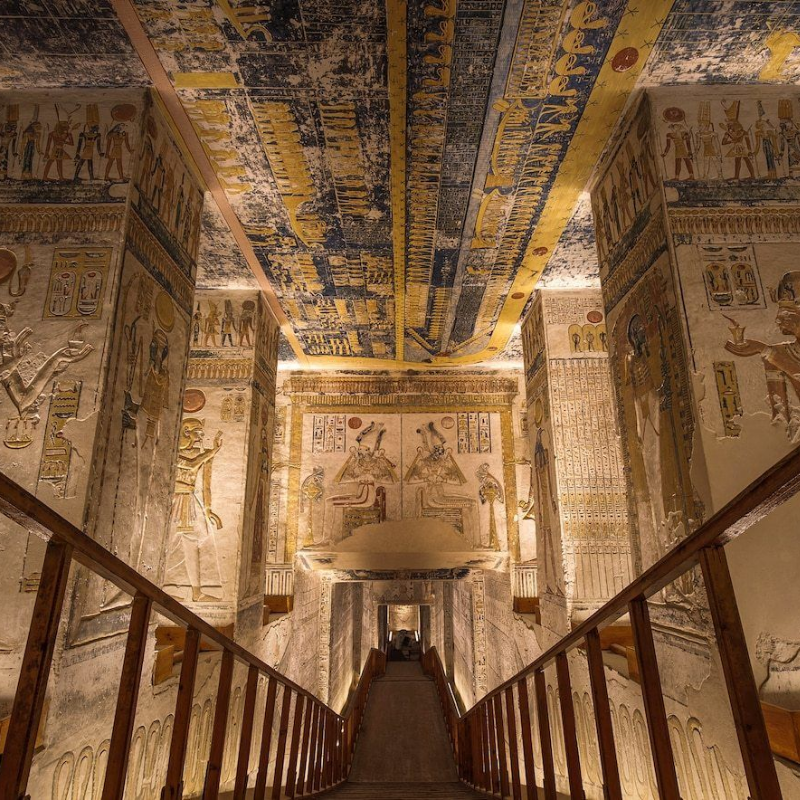
Conclusion
As we conclude our journey through the Valley of the Kings, we are reminded of the timeless allure and cultural significance of this iconic archaeological site. From its majestic tombs to its rich archaeological discoveries, the valley serves as a testament to the grandeur and legacy of ancient Egyptian civilization. As we continue to explore and preserve its treasures, the Valley of the Kings remains a beacon of discovery and wonder, inviting future generations to unravel the mysteries of Egypt’s pharaohs and the secrets of the afterlife.
